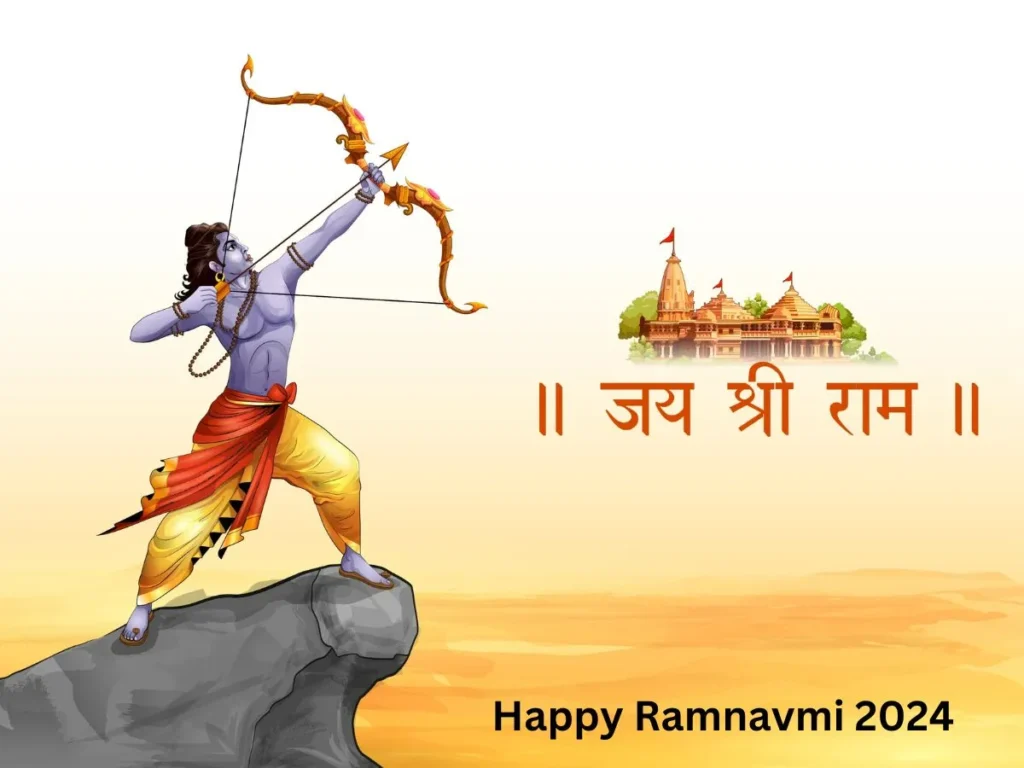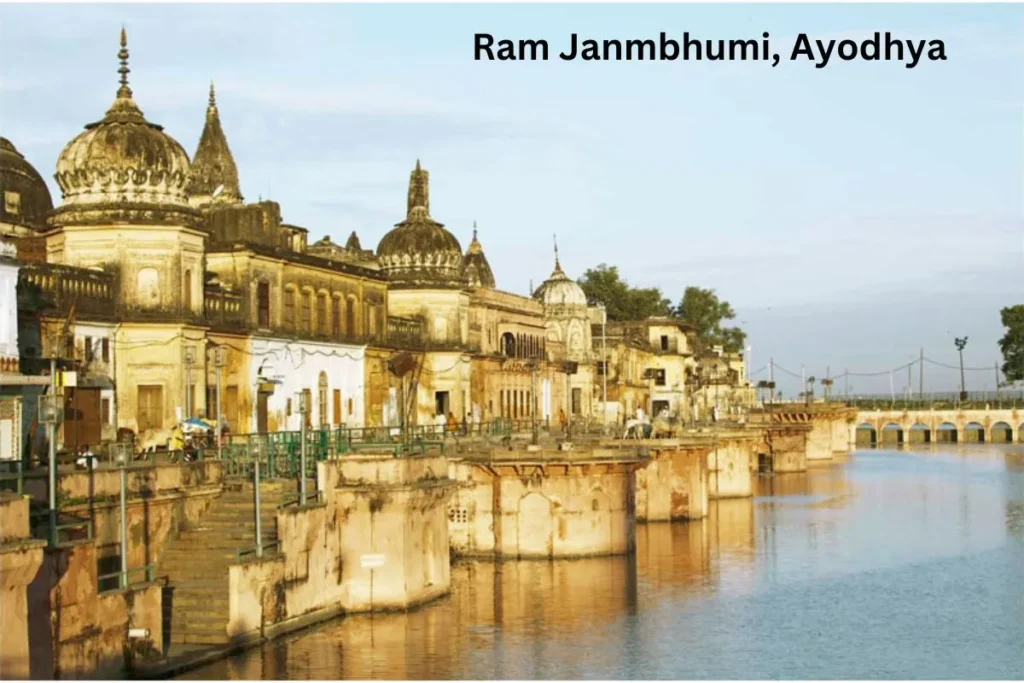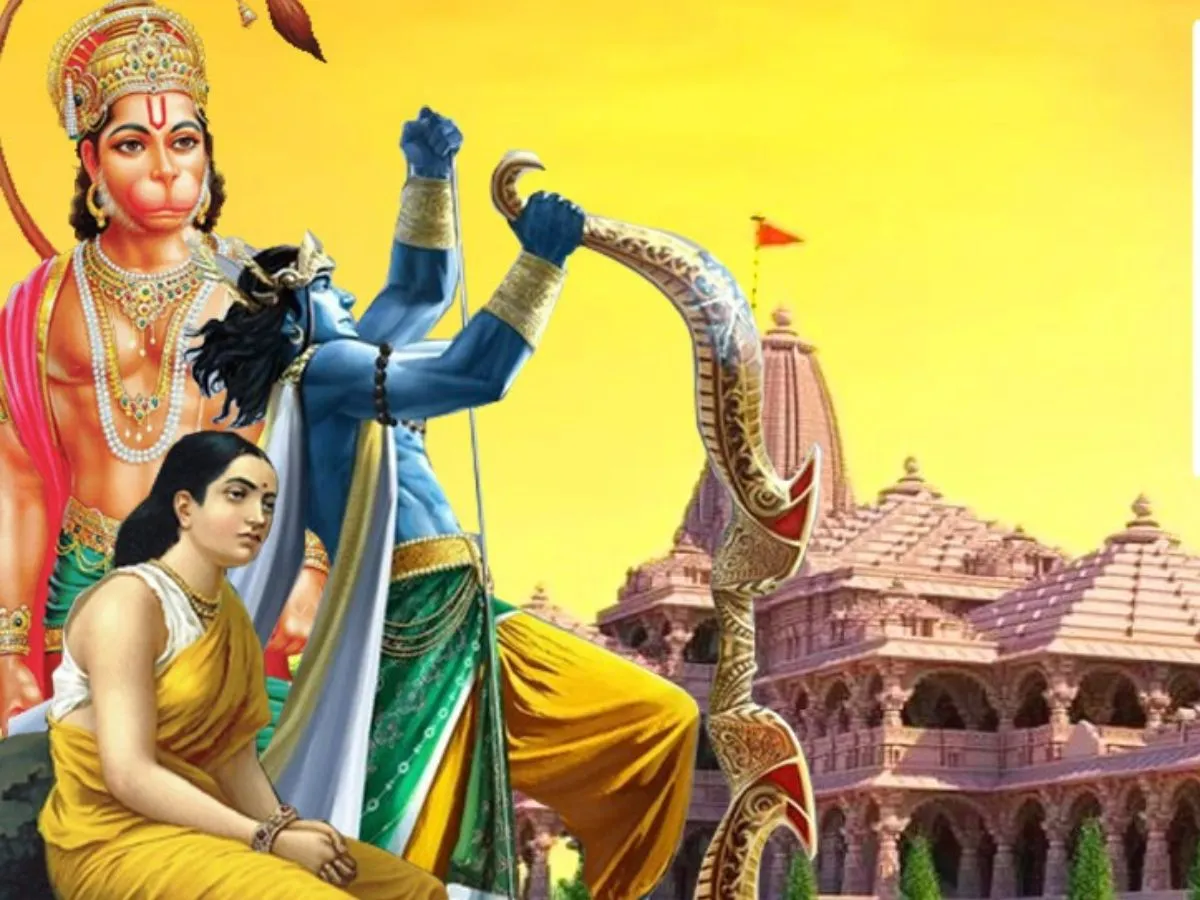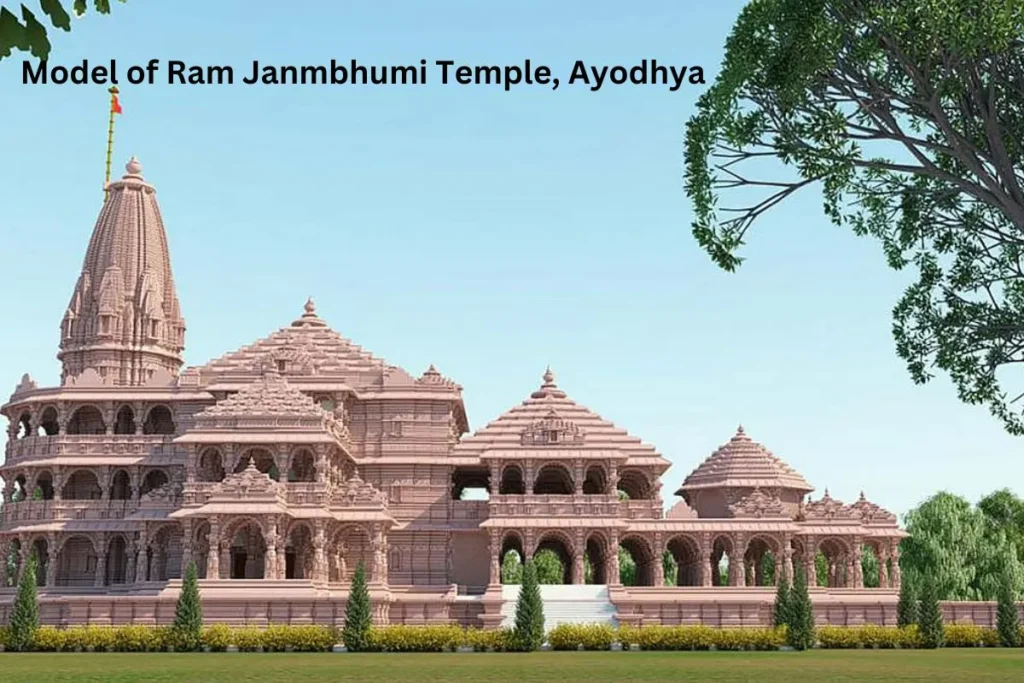Table of Contents
ToggleRam Navami: Celebrating the Birth of an Ideal King

Ram Navami, a Hindu festival, marks the birth of Lord Rama. Dive deep into the festival’s origins, religious background, celebratory traditions, historical significance, and the timeless message it conveys.
Origins and Religious Significance
The exact origin of Ram Navami remains unclear, but its roots are intertwined with the epic Ramayana. Valmiki’s Ramayana, an ancient Sanskrit text, narrates the life of Lord Rama, his exile, his battle against the demon king Ravana, and his eventual return to Ayodhya. Ram Navami celebrates the birth of this righteous prince, who embodies the ideals of truth, courage, devotion, and filial piety.
Mythological Background
According to Hindu mythology, King Dasharatha of Ayodhya, a descendant of the Sun dynasty, was childless. To ensure the lineage continued, he performed a yagna (fire sacrifice). From the sacrificial fire emerged a divine oblation of payasam (rice pudding) which was distributed among the three queens – Kausalya, Kaikeyi, and Sumitra. Consuming the payasam, the queens became pregnant and gave birth to four sons – Rama, Lakshmana, Bharata, and Shatrughna. Rama, born on the ninth day of Chaitra, was believed to be an incarnation of Lord Vishnu, sent to Earth to vanquish evil.

Celebrations Across India
Ram Navami is a joyous occasion marked by various rituals and festivities across India and amongst the Hindu diaspora worldwide. Here’s a glimpse into some key ways devotees celebrate:
- Abhishek (Holy Bath): Early morning prayers commence with devotees performing an abhishek, a holy bath, on idols of Lord Rama, Sita (his wife), Lakshmana (his brother), and Hanuman (his devoted follower). Milk, curd, honey, and panchamirta (a mixture of five nectars) are often used during the abhishek.
- Fasting: Many devotees observe a full-day fast on Ram Navami, breaking it only after offering prayers in the evening.
- Pooja (Worship): Elaborate pujas (worship rituals) are conducted in temples and homes. Devotees chant hymns, sing bhajans (devotional songs), and offer prasad (sacred food) to the deities.
- Ramayana Readings: The recitation of the Ramayana, either the entire epic or specific chapters, holds immense significance during Ram Navami. These readings, known as kathaas, bring the story of Lord Rama to life and inspire devotees.
- Ram Leela Enactments: Dramatic enactments showcasing scenes from the Ramayana, known as Ram Leela, are a spectacular feature of Ram Navami celebrations. These open-air performances, featuring elaborate costumes, dialogues, and music, draw large audiences and keep the traditions alive.
- Shobha Yatra (Processions): Vibrant processions, called Shobha Yatra, are organized in many places. Idols of Lord Rama, Sita, Lakshmana, and Hanuman are placed on decorated chariots and paraded through the streets, accompanied by devotees chanting hymns and beating drums.
Beyond Religious Significance
Ram Navami transcends mere religious devotion. It serves as a social and cultural celebration, fostering community spirit and reinforcing traditional values. The Ramayana’s timeless message of good triumphing over evil resonates with people across generations. Devotees are reminded to uphold righteousness, stay true to their duties, and face challenges with courage and faith.
Historical and Interesting Facts
- Mughal Era: The festival continued to be observed during the Mughal era, with Mughal emperors like Akbar even participating in the festivities.
- British Raj: During British rule, Ram Leela enactments became a powerful tool for expressing cultural identity and resistance against colonial dominance.
- Global Celebrations: Today, Ram Navami is celebrated with enthusiasm not only in India but also in Nepal, Mauritius, Sri Lanka, Trinidad and Tobago, and other countries with a significant Hindu population.
- Social Initiatives: In recent years, Ram Navami has witnessed a rise in social initiatives associated with the festival. Blood donation camps, charity drives, and tree plantation activities underline the spirit of social responsibility and service.
Conclusion
Ram Navami is more than just a birthday celebration; it’s a reaffirmation of the ideals that Lord Rama embodied. It’s a time for families and communities to come together, celebrate their faith, and draw inspiration from the timeless lessons of the Ramayana. As the chants of “Jai Shri Ram” (Victory to Lord Rama) resonate across the land .

